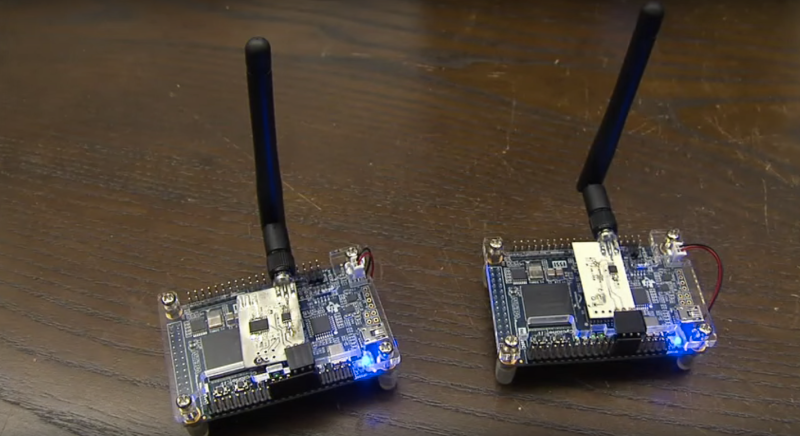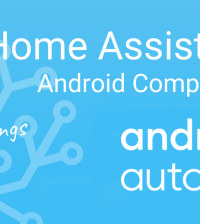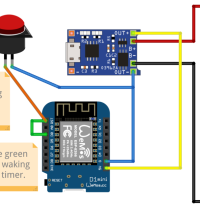- makeITcircular 2024 content launched – Part of Maker Faire Rome 2024Posted 2 weeks ago
- Application For Maker Faire Rome 2024: Deadline June 20thPosted 2 months ago
- Building a 3D Digital Clock with ArduinoPosted 7 months ago
- Creating a controller for Minecraft with realistic body movements using ArduinoPosted 7 months ago
- Snowflake with ArduinoPosted 8 months ago
- Holographic Christmas TreePosted 8 months ago
- Segstick: Build Your Own Self-Balancing Vehicle in Just 2 Days with ArduinoPosted 8 months ago
- ZSWatch: An Open-Source Smartwatch Project Based on the Zephyr Operating SystemPosted 9 months ago
- What is IoT and which devices to usePosted 9 months ago
- Maker Faire Rome Unveils Thrilling “Padel Smash Future” Pavilion for Sports EnthusiastsPosted 10 months ago
A New Kind of Wi-Fi That Uses 10,000 Times Less Power

Scientists have come up with a way of connecting to wi-fi that requires even less energy than a Bluetooth connection. It is not an open source technology yet, but a nice promise for the upcoming IoT hyper-connected world!
It’s a system called “passive wi-fi,” which aims to consume at least 1,000 less power than typical wi-fi portals, including Bluetooth Low Energy and Zigbee. As an idea, it’s been around for a while—but this is the first time it’s been proven. At top performance, this new wi-fi system can actually use 10,000 times less energy than usual.
How’d they do it? Scientists at the University of Washington reimagined how radios work. Radio transmissions involve two operations: digital and analog. Over the last couple decades, the digital part has become much more energy efficient, but analog remains a nasty energy drain. So the team simply separates the two functions.
First, a single device plugged into a wall—this part uses most of the power in this whole process—sends analog waves to special passive wi-fi sensors. These sensors require practically no energy to run. They then pick up those waves, reflecting them with a digital switch, which creates what the team calls “wi-fi packets.” Those beam low-energy internet at bit rates of up to 11 megabits per second to devices like phones, routers, and more.
Source: There’s a New Kind of Wi-Fi That Uses 10,000 Times Less Power















